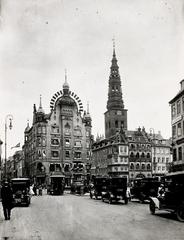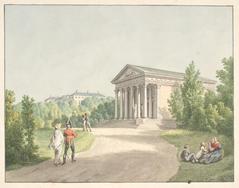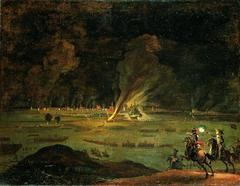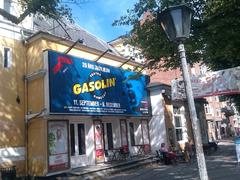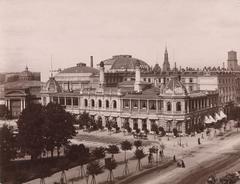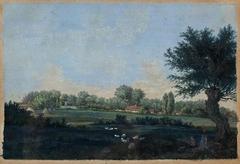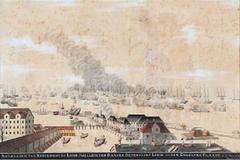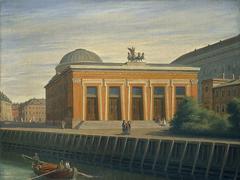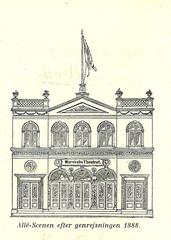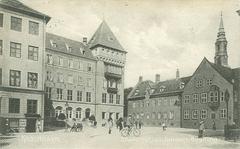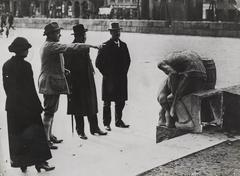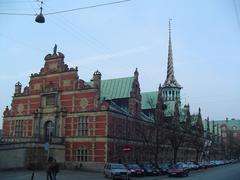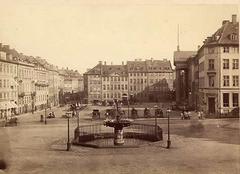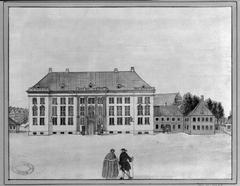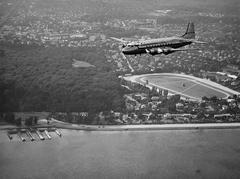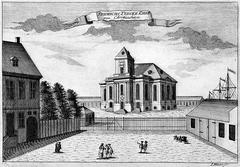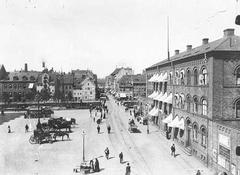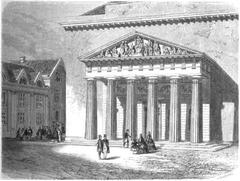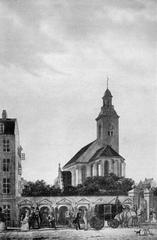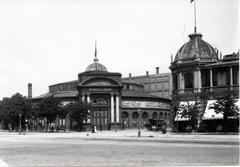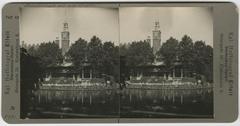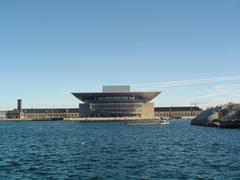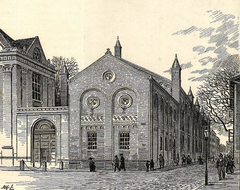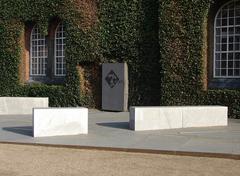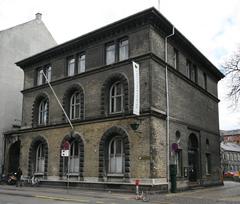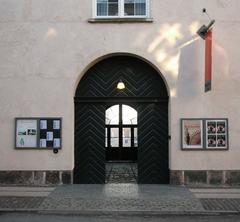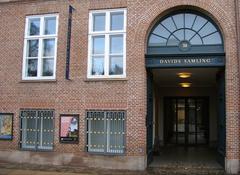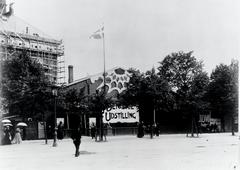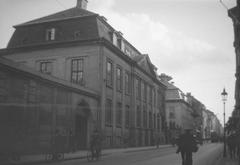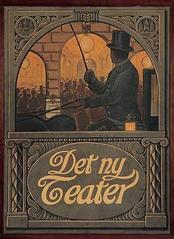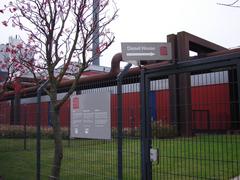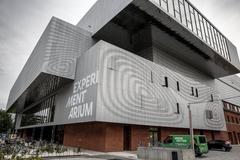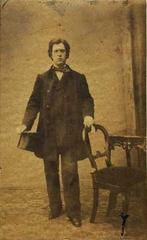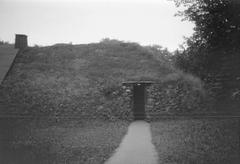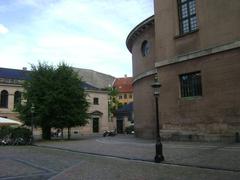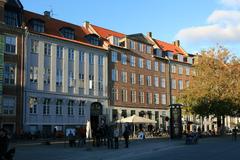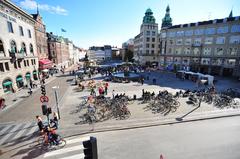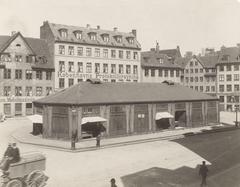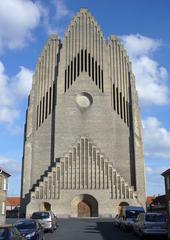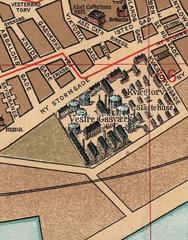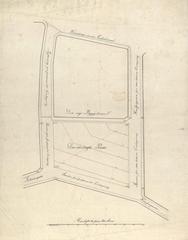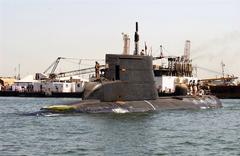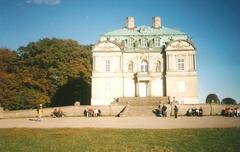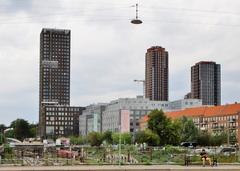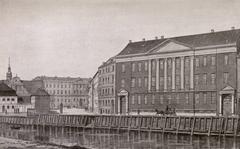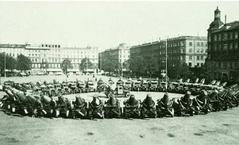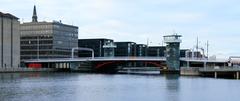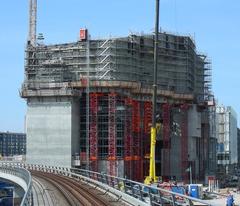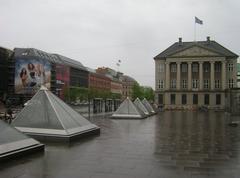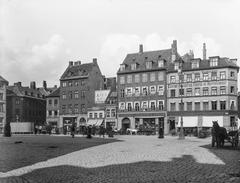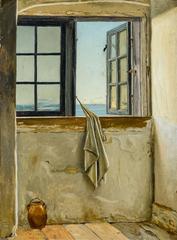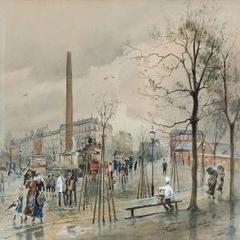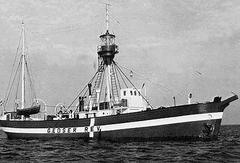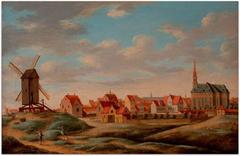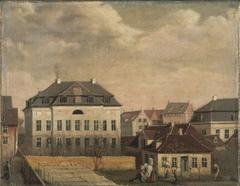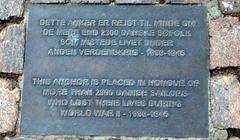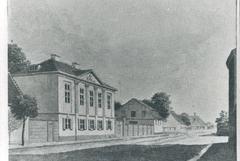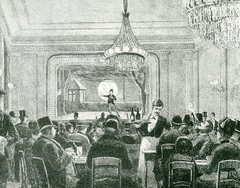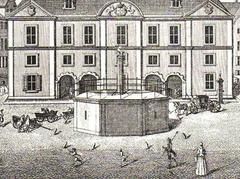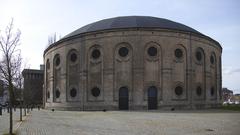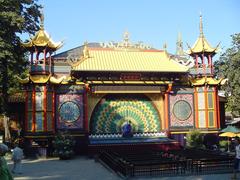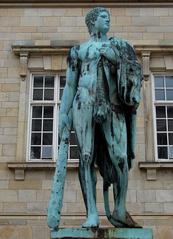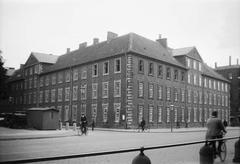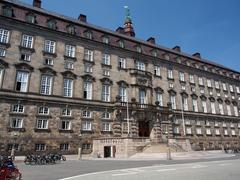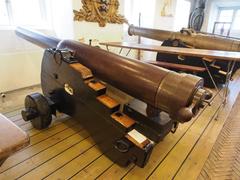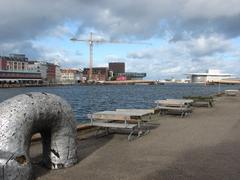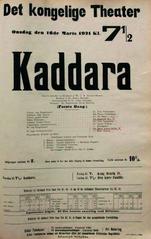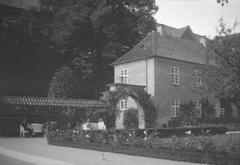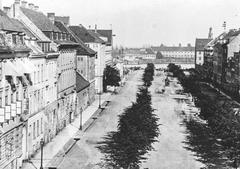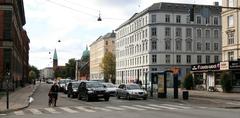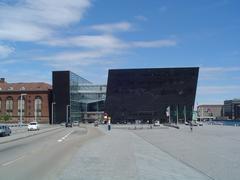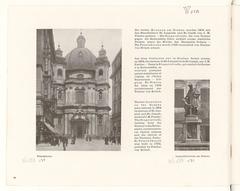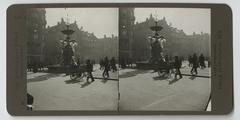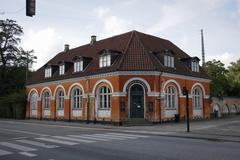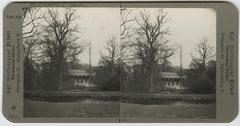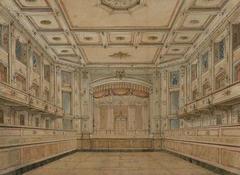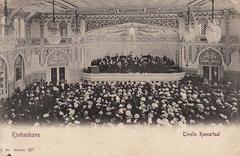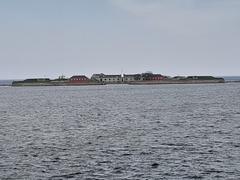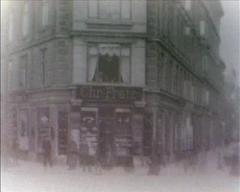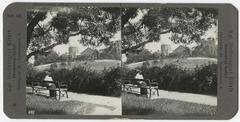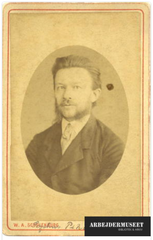Comprehensive Guide to Visiting Københavns Museum, Copenhagen, Denmark
Date: 19/07/2024
Introduction
Københavns Museum, also known as the Museum of Copenhagen, stands as a crucial emblem of the city’s rich cultural and historical tapestry. Founded in 1901, the museum has evolved from its initial location in City Hall to its current residence in the historic Royal Copenhagen Porcelain Factory building, which blends architectural preservation with modern museum practices. The museum’s extensive collection is a testament to Copenhagen’s journey through time, from the Viking Age to the present day. It is not merely a repository of artifacts but a vibrant institution that actively contributes to the cultural and educational landscape of the city. Visitors can expect to be immersed in a chronological journey through Copenhagen’s history, enriched by interactive displays, multimedia installations, and virtual reality experiences that bring the past to life. Whether you’re a history enthusiast, a student, or a curious traveler, the Københavns Museum offers a comprehensive and enriching exploration of Copenhagen’s heritage (Museum of Copenhagen).
Table of Contents
- Introduction
- Origins and Early History
- Architectural Evolution
- Key Exhibitions and Collections
- Visiting Hours and Ticket Information
- Cultural and Educational Impact
- Significance in Urban Development
- Visitor Experience and Tips
- Digital and Online Resources
- FAQ
- Future Prospects
- Conclusion
- Sources
Origins and Early History
Københavns Museum has a rich history that dates back to its founding in 1901. Initially established to preserve and showcase the cultural heritage of Copenhagen, the museum has evolved significantly over the years. The museum’s original collection was housed in the City Hall, but as the collection grew, it necessitated a move to larger premises. The museum’s mission has always been to document and present the history of Copenhagen from its earliest days to the present.
Architectural Evolution
The museum’s current location is in the former Royal Copenhagen Porcelain Factory building, a historic site that adds another layer of significance to the museum. This building, constructed in the 19th century, is an architectural gem that reflects the industrial heritage of Copenhagen. The adaptive reuse of this building for the museum has been a significant project, blending historical preservation with modern museum practices. The renovation was completed in 2018, and the museum reopened to the public in 2020, offering a state-of-the-art facility for exhibitions and educational programs.
Key Exhibitions and Collections
Københavns Museum boasts a diverse range of collections that cover various aspects of the city’s history. One of the most notable exhibitions is the “Copenhagen Stories,” which provides a chronological journey through the city’s development. This exhibition includes artifacts from the Viking Age, medieval times, the Renaissance, and the modern era. The museum also features interactive displays and multimedia installations that engage visitors in the historical narrative.
Another significant collection is the archaeological artifacts unearthed during various excavations in Copenhagen. These artifacts provide invaluable insights into the daily lives of Copenhagen’s past inhabitants. The museum’s collection also includes a vast array of photographs, maps, and documents that chronicle the city’s urban development and architectural changes over the centuries.
Visiting Hours and Ticket Information
To plan your visit to Københavns Museum, here’s some practical information:
- Visiting Hours: The museum is open Monday to Sunday from 10:00 AM to 5:00 PM. On Thursdays, the museum extends its hours until 8:00 PM.
- Tickets: General admission tickets are priced at DKK 100 for adults. Children under 18, students, and senior citizens enjoy discounted rates. Family tickets are available for DKK 250, providing entry for two adults and up to three children.
- Accessibility: The museum is fully accessible to visitors with disabilities, featuring ramps, elevators, and accessible restrooms.
Cultural and Educational Impact
Københavns Museum plays a crucial role in the cultural and educational landscape of Copenhagen. The museum offers a variety of educational programs for schools, families, and adult learners. These programs are designed to foster a deeper understanding of Copenhagen’s history and cultural heritage. The museum also collaborates with local universities and research institutions to conduct historical research and publish findings that contribute to the academic field.
The museum’s cultural impact extends beyond its walls through various outreach programs and community events. These initiatives aim to make the museum’s resources accessible to a broader audience and encourage public engagement with Copenhagen’s history. The museum also participates in international collaborations, hosting traveling exhibitions and contributing to global cultural exchanges.
Significance in Urban Development
Københavns Museum is not just a repository of historical artifacts; it is also a key player in the ongoing narrative of Copenhagen’s urban development. The museum actively participates in urban planning discussions and provides historical context for contemporary development projects. This involvement ensures that the city’s growth is informed by its rich historical heritage, promoting sustainable and culturally sensitive urban development.
The museum’s role in urban development is exemplified by its involvement in the “Copenhagen City Archives” project. This initiative aims to digitize and make accessible a vast array of historical documents related to the city’s development. By providing access to these resources, the museum supports researchers, planners, and the general public in understanding the historical context of urban changes.
Visitor Experience and Tips
Visitors to Københavns Museum can expect a comprehensive and engaging experience. The museum is designed to be accessible to all, with facilities that cater to visitors with disabilities. The museum’s layout is intuitive, with clear signage and information panels that guide visitors through the exhibitions.
To make the most of a visit, it is recommended to allocate at least two to three hours to explore the museum thoroughly. The museum offers guided tours that provide deeper insights into the exhibitions and the history of Copenhagen. These tours are available in multiple languages, including English, Danish, and German.
The museum also has a well-stocked gift shop that offers a range of souvenirs, books, and replicas of historical artifacts. The on-site café provides a relaxing space for visitors to take a break and enjoy refreshments.
Digital and Online Resources
In addition to its physical exhibitions, Københavns Museum offers a wealth of digital resources. The museum’s website (Museum of Copenhagen) features virtual tours, online exhibitions, and a digital archive of its collections. These resources are invaluable for researchers, students, and anyone interested in Copenhagen’s history.
The museum’s digital initiatives also include interactive maps and timelines that allow users to explore the city’s history in a dynamic and engaging way. These tools provide a unique perspective on the historical development of Copenhagen and make the museum’s resources accessible to a global audience.
FAQ
What are the Københavns Museum visiting hours? The museum is open Monday to Sunday from 10:00 AM to 5:00 PM, with extended hours until 8:00 PM on Thursdays.
How much are tickets to Københavns Museum? General admission tickets are priced at DKK 100 for adults. Discounts are available for children under 18, students, and senior citizens. Family tickets cost DKK 250.
Is Københavns Museum accessible for disabled visitors? Yes, the museum is fully accessible, with ramps, elevators, and accessible restrooms.
Future Prospects
Looking ahead, Københavns Museum is committed to continuing its mission of preserving and presenting Copenhagen’s history. The museum plans to expand its collections and exhibitions, incorporating new research and discoveries. Future projects include the development of new educational programs and the enhancement of digital resources to reach a wider audience.
The museum’s ongoing efforts to engage with the community and contribute to urban development ensure that it remains a vital institution in Copenhagen. By preserving the past and informing the future, Københavns Museum plays a crucial role in the cultural and historical landscape of the city.
Conclusion
Københavns Museum is a must-visit destination for anyone interested in the rich history and cultural heritage of Copenhagen. With its extensive collections, engaging exhibitions, and educational programs, the museum offers a comprehensive and enriching experience. Plan your visit today and immerse yourself in the fascinating stories of Copenhagen’s past and present. For more information, visit the museum’s website or follow them on social media for updates and special events.
References
- Exploring Københavns Museum - History, Visiting Hours, Tickets, and Must-See Exhibitions, 2024, Author Museum of Copenhagen
- Visitor Guide to Københavns Museum - Hours, Tickets, and Accessibility Tips, 2024, Author Museum of Copenhagen
- Explore Københavns Museum - Exhibits, Visiting Hours, and Tickets in Copenhagen, 2024, Author Museum of Copenhagen
